#classical era
Text
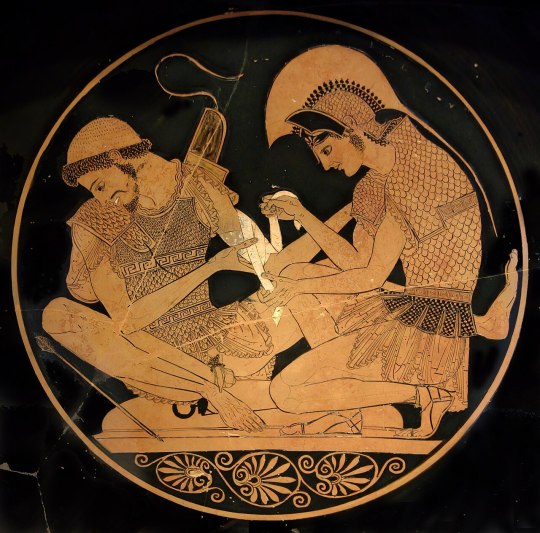
A red-figure painted kylix attributed to Sosias showing Achilles tending to a wounded Patroclus, c.500 BCE.
20 notes
·
View notes
Text
youtube
Vaclav Jan Kritel Tomasek (1774-1850) - 3 Di bravura, Op. 84: No. 3 in E Minor ·
Phyllis Moss, piano
2 notes
·
View notes
Text


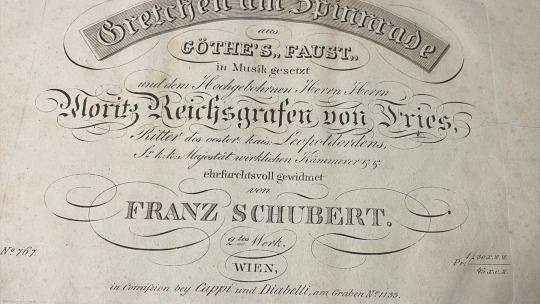
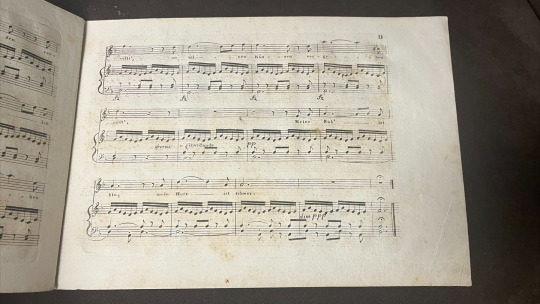
OTD in Music History: Immortal composer Franz Schubert (1797 – 1828) dies in Vienna at the age of 31, from typhoid fever likely exacerbated by an underlying case of syphilis.
Despite his early death, Schubert left behind a vast musical oeuvre. In just a decade and a half, he managed to compose more than 600 secular vocal works (mainly German art songs known as “lied”), seven complete symphonies, sacred music, operas, and large bodies of both solo piano music and chamber music.
Amazingly, in some ways, Schubert was actually a rather *late* developer as a composer – it was only in the final year and a half of his life (perhaps not coincidentally, following the death of his great colleague and neighbor Ludwig van Beethoven [1770 – 1827]) that he truly came into his full flowering as a composer of instrumental music in larger forms. Speaking of that period, 20th Century British composer Benjamin Britten (1913 - 1976) marveled at what he dubbed “the most miraculous 18 months in musical history.”
Schubert showed tremendous musical gifts from a very early age. His father gave him violin lessons and his elder brother gave him piano lessons, but Schubert quickly eclipsed both of them. He then studied with famed pedagogue (and one-time rival of W.A. Mozart [1756 – 1791]) Antonio Salieri (1750 - 1825).
In 1821, he was admitted to the famous Viennese Gesellschaft der Musikfreunde ("Society of the Friends of Music") as a performing member, which helped him to establish his name as a local composer. Yet because of his tragically early death, he gave only a single concert of his own works, in March 1828...
PICTURED: A true treasure -- the 1821 printed first edition of one of Schubert's earliest (and greatest) songs, "Gretchen am Spinnrade" ("Gretchen at the Spinning Wheel"). In his very earliest publications, Schubert confirmed authenticity by appending his "control mark" on the back of the folio, as can be seen here.
#Franz Schubert#Schubert#composer#classical music#music history#piano#symphony#orchestra#opera#bel canto#Romantic era#romantic period#Classical period#Classical era#music#sonata#violin#Teacher#songs#Overture#Fugue#String Quartet#Aria#Faust#Johann Wolfgang von Goethe#Goethe
23 notes
·
View notes
Text
The name of the Roman Emperor Caligula is great, because it essentially translates to “baby boots.” Imagine being a Germanic warrior, ready to fight the Romans for your homeland, and news comes from your scout. He says that the Romans are being personally lead by the Emperor, a man they claim is the direct descendant of a god, and the most fearsome in all of Rome, a tyrant who rules with an iron fist. You fear the worst and ask for the name of this most deadly of opponents, and your scout looks you dead in the eyes without a hint of sarcasm or humour in his voice, and he tells you that they call him Baby Boots. This towering tyrant, this Goliath, this most powerful man in the most powerful Empire, and his name is Baby Boots. The Romans were on something else.
#rome#ancient rome#history#military history#roman history#classical era#little baby boots comes marching into battle#he hated the name too#but it stuck anyway
2 notes
·
View notes
Photo

#Rome#Roman Legions#Roman civil war#classical era#I couldnt find who the artist is. If you know lease DM so I can tag them!
6 notes
·
View notes
Text
Modern Classical Music Interpretations
OMG PLEASE STOP MAKING MOZART VANILLA. Just stop it. Same goes with Haydn, Schubert, Mendelssohn etc... And everyone you deem “classical” and “delicate.” Remember, people back in the day enjoyed classical music as ENTERTAINMENT
You’re not doing anyone any favors. Just listen to past musicians - Josef Hofmann, Sergei Rachmaninoff, Maria Yudina, David Oistrakh, Vladimir Horowitz, Leonid Kogan, Myra Hess, Glenn Gould, and so many others(I’m a pianist)... - They weren’t boring, and their interpretations had natural structures that included minimal dead spots. You don’t have to do the same things they did. JUST DON’T MAKE CLASSICAL MUSIC SO BORING. IT’S MEANT TO BE SOMETHING PEOPLE WANT TO LISTEN TO.
#classical music#Classical composers#music#pianist#classical era#mozart#mendelssohn#musician#composers#violin#orchestra#classical piano#famous music composers#music history#haydn#schubert
13 notes
·
View notes
Text
Does anybody here speak Greek, I need help translating something for a character I made
1 note
·
View note
Photo
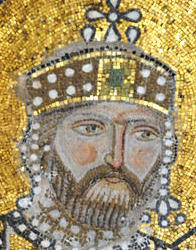
The Role of the Church in the Societies of Medieval Europe, Part One
An original essay of Lucas Del Rio
Note: This is the first installment in a two-part essay on how religious institutions affected life in medieval Europe. Part One introduces the subject matter and then gives some historical background on the roots of these medieval institutions. The second installment, which will hopefully be ready next week, shall go into greater detail and provide more analysis on the main topic.
When the modern world looks back on the Middle Ages, some of the first pictures that come to mind are majestic cathedrals with elegant stained-glass windows, monks praying and performing rituals in monasteries, popes making proclamations to be followed by even the most powerful kings and nobles, and the violent bloodshed of the Crusades. All these images, of course, involve religious institutions. It is certainly no secret that the Church was highly influential across a myriad of aspects of life in medieval Europe. Such a statement is commonly accepted, yet there is often less consensus if the conversation changes to determining specifically what these influences and what, in particular, their effects actually were. As there are debates on this matter even in the highest levels of academia and likely always will be, a variety of different opinions are valid. Here is just one view that will briefly analyze the history of Christianity in medieval Europe and how it affected the continent over the centuries. The subject matter is admittedly controversial, as it involves religion. However, the reader should note that any critical comments made about medieval religious institutions are not an attack on faith or spirituality. Criticism is only of aspects of certain individuals within the Church who may have exploited their positions for power or other personal gain.
“The Church” here refers to Christianity. As the era being discussed is that of medieval times, the overall focus can be further narrowed down to Christianity in the Middle Ages. However, it cannot be the sole focus, as thinking of medieval Europe as a time and place that was exclusively Christian is a generalization. Islam and Judaism, the other Abrahamic religions, had footholds on the continent throughout most of the era. So-called “pagan” religions were also present, especially in the earlier centuries and in more remote regions. A good starting point, therefore, is how Christianity spread across the continent, starting in antiquity. Prior to the founding of the religion late in in the classical era, there was an abundance of different polytheistic belief systems throughout Europe. Monotheism had already taken hold elsewhere in the world, such as Persian Zoroastrianism, but over in Europe it remained almost nonexistent. Christianity itself was not present in Europe immediately after the religion had originated, as its roots were in Judaism, also monotheistic but with a small following that was largely elsewhere. Since the Roman Empire at the time dominated large swaths of the land around the Mediterranean and beyond, Christianity perhaps had the advantage of being able to spread great distances within a single political entity.
The entity known as the Roman Empire ruled plenty of Europe in the early days of Christianity gaining its followers. Initially seen as a movement within the much older religion of Judaism, it acquired characteristics of its own that would carry on into medieval times. One of the most important was the cornerstone that differentiated Christianity from Judaism. In the beginning, Christians debated the divinity of Jesus. When this question had been settled, the stage was set for the Christian Church of the Middle Ages. Throughout Europe, a Jesus who was divine would become a foundation of the beliefs of nobility and peasantry alike, and the belief gave the Church credibility. Of course, it took time for this belief to become as widespread as it would be by that point in time. Romans did not abandon their traditional pantheon of gods until late in the history of their empire. During these later years, many converts were won by theologians who managed to reconcile the beliefs of Christians with those of “pagans,” but the former continued to be persecuted by Roman authorities. Everything then changed when the Roman Emperor Constantine I converted to Christianity.
Up until Emperor Constantine I converting, Christianity had remained an underground movement for the sake of its own survival. With the emperor now legitimizing the religion, it was able to become an institution of Roman society. The Council of Nicaea, which was arranged by Constantine I in 325, essentially established the Catholic Church as it would exist for the remainder of Roman history and then in the Middle Ages that followed. Many of the “official” teachings of Christianity were determined, and the Roman Papacy was organized. Now that Rome had officially adopted Christianity as a state religion, it had switched to persecuting “pagans.” Rome fell in 476, but it was far from the end of the Catholic Church. In fact, its importance to Europe had only begun.
#ancient#antiquity#classical era#constantine#culture#emperor#essay#europe#history#institution#medieval#mediterranean#middle ages#part one#roman emperor#roman empire#romans#rome#society#theology
8 notes
·
View notes
Text
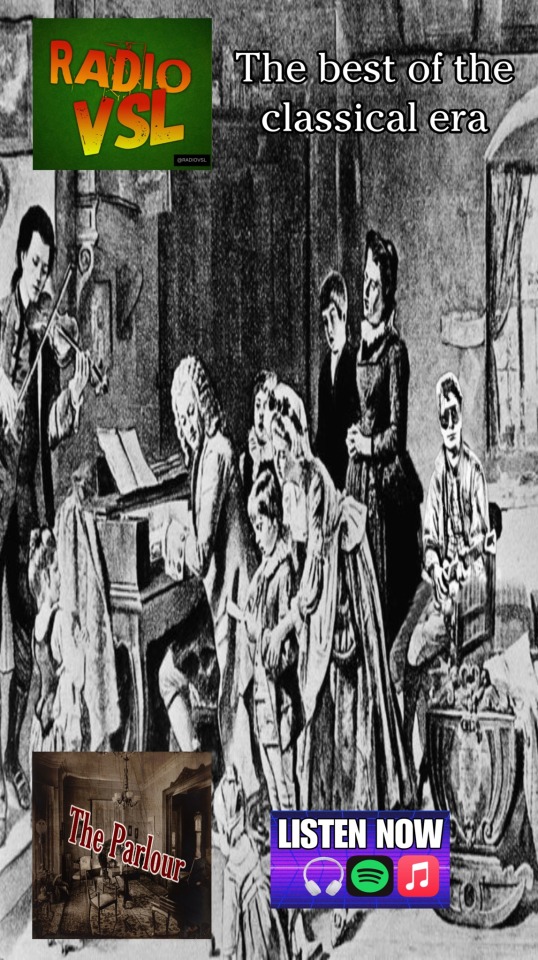
From the mid 18th to the mid 19th century, orchestral movements became bigger, more sophisticated, more flowing, and lighter. Mozart, Beethoven, and Bach pushed the musical envelope, revolutionizing composition forever. Check it out here.
APPLE
SPOTIFY
1 note
·
View note
Text
rip Mr Collins, you would have loved Patreon
#shitpost#pride and prejudice#literature#classic literature#english literature#jane austen#regency era#mr collins#william collins#esteemed patroness#lady catherine de bourgh#p&p
8K notes
·
View notes
Text

Two Kittens by Kawano Kaoru (1950's)
#kawano kaoru#art#woodblock prints#shin hanga#fine art#1950s#1950s art#showa era#showa period#woodblock print#japanese art#japanese artist#nature art#animals#cats#kittens#asian art#classic art
10K notes
·
View notes
Text
youtube
Ignaz von Beecke (1733-1803) : Piano Quintet in A Minor
Andreas Kirpal (Pianist) with Diogenes Quartet
00:00 Allegro Con Affetto 11:28 Andante Più Tosto Larghetto 20:54 Allegretto
1 note
·
View note
Text
Suzanne collins is a certified GENIUS because by making most of the book about the PUBLICITY of the rebellion and not the fight itself, she was telling us that wars are won by who persuades more- who controls the narrative .
#the hunger games#suzanne collins#mockingjay supremacy#katniss everdeen#peeta mellark#young adult#in my hunger games era#feeling like im 15 again reading these books#hunger games deserved an oscar nomination#everlark#suzanne collins is a genius#hunger games is a classic
10K notes
·
View notes
Text






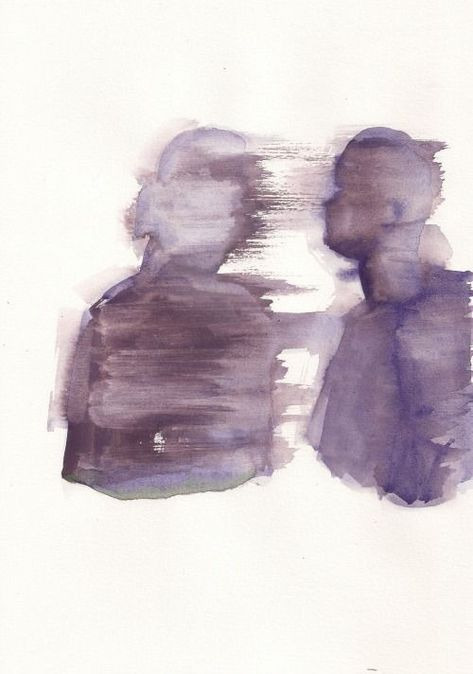



i can't breathe when i think about it too much.
Mahmoud Darwish, Memory for Forgetfulness / unknown / F. Scott Fitzgerald, Benediction / Taylor Swift, exile / @/free-my-mindd / Zhenya Katava & Neus Bermejo / unknown / Blythe Baird, If My Body Could Speak / C.C.Aurel / Florence + The Machine, I'm Not Calling You A Liar
#back in my web weaving era to cope#on love#web weave#web weaving#aesthetic#dark academia#quotes#writers and poets#writers on tumblr#grief#classic literature#poetry#art#academic aesthetic#taylor swift#heartbreak#on heartbreak#mitski#florence + the machine
4K notes
·
View notes
Photo
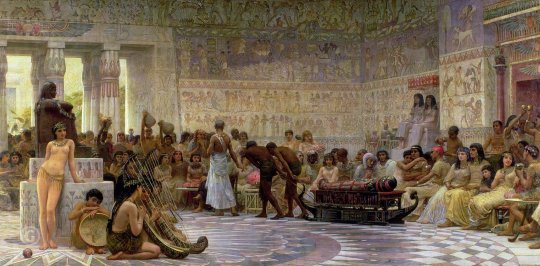
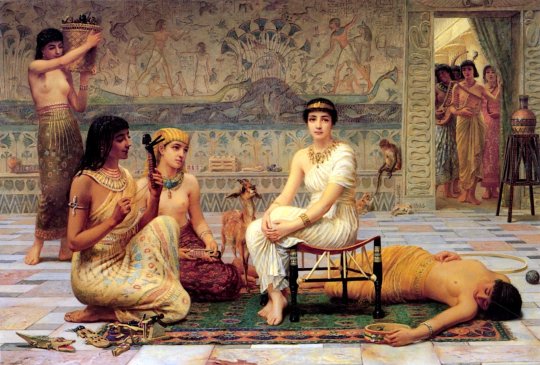

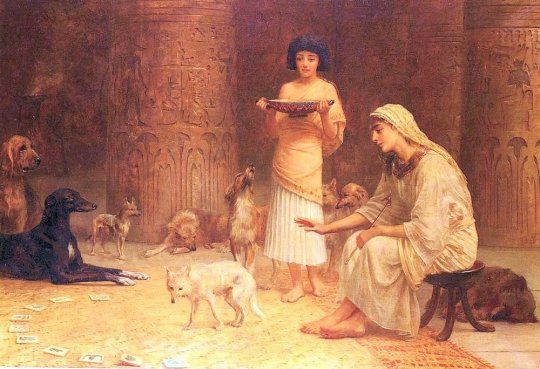
art by Edward Long
5 notes
·
View notes
Text

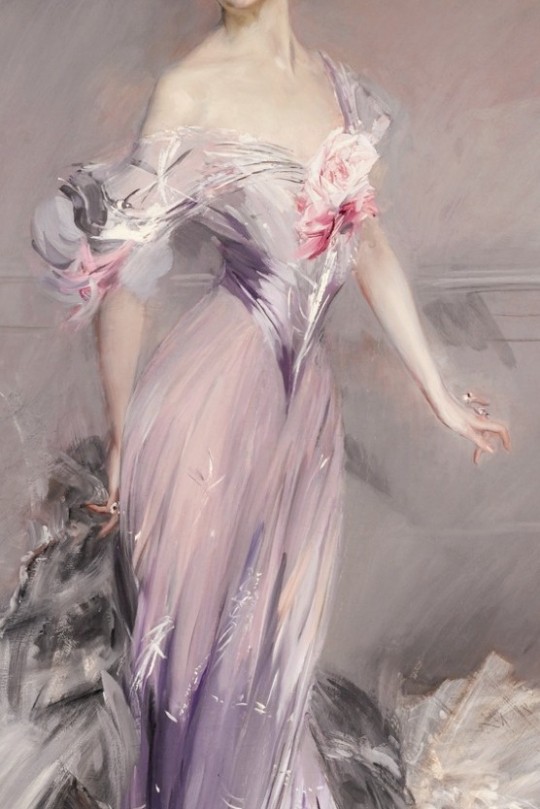
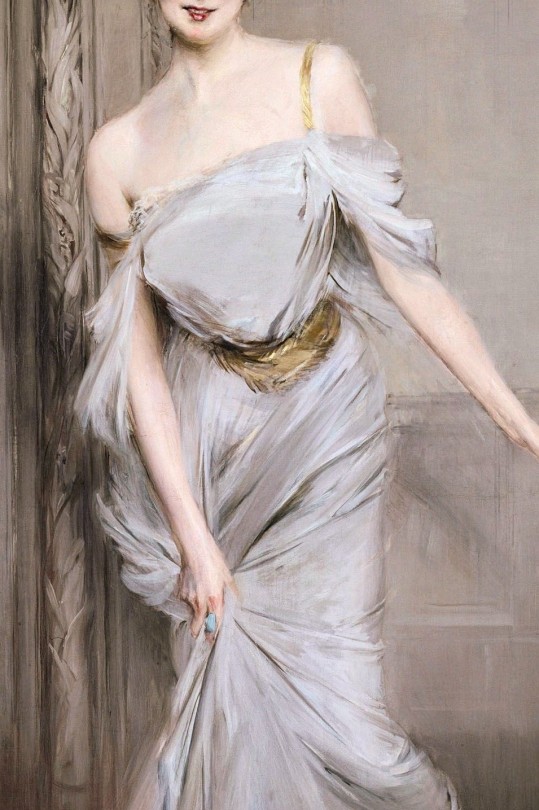

Late Victorian and Edwardian fashion in portraits by Giovanni Boldini (Italian, 1842-1931)
#these gowns are stunning#art#Giovanni Boldini#fashion history#paintings#art history#art detail#painting detail#women in art#classical art#painting#Edwardian era#1900s fashion#1900s art#italian art#paintings set#dark academia art#light academia#illustration#art on tumblr#20th century art#historical dress#historical fashion#Victorian art#victorian fashion
12K notes
·
View notes